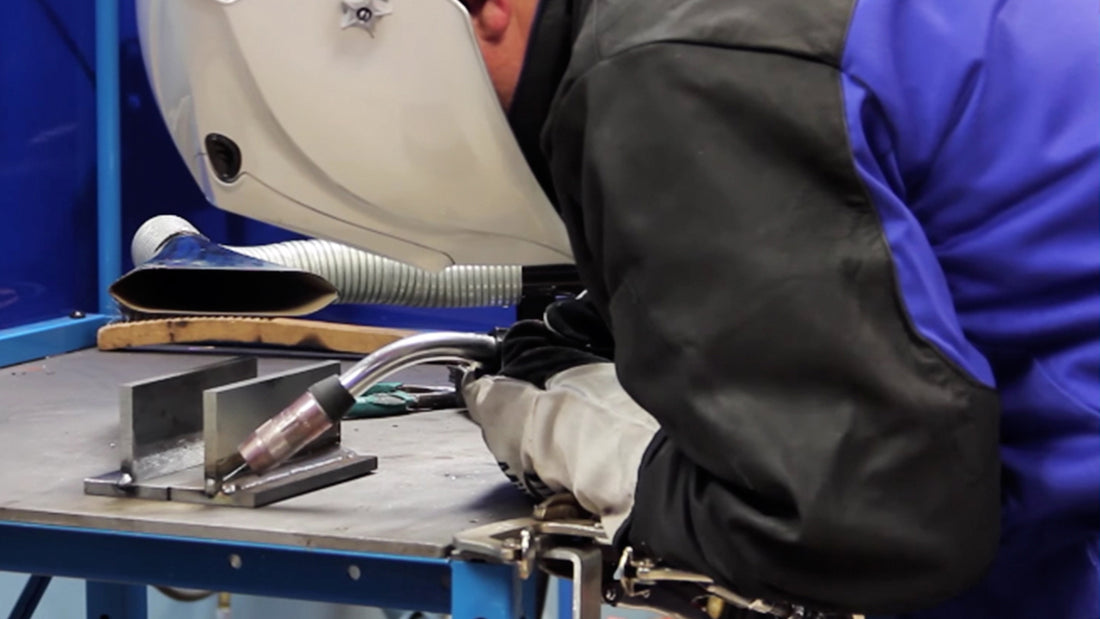Welding symbols are essential to the function of weldments. Without proper welding symbols or correct interpretation, a weldment may not function correctly or could fail in the field. One of the most common mistakes is the difference between a welding symbol and a weld symbol. A weld symbol is solely the weld type (fillet, V-Groove, U-Groove, Etc) as seen below. A welding symbol contains the pertinent information on how, where, and what to weld.
The two most common weld symbols are the Fillet weld and Groove weld. These welds are used on Lap Joints, Tee Joints, Corner Joints, and Butt Joints. To orientate on the how, where, and what to do the welding symbol dictates this information. The first order of operation is when the weld is to be completed, is it in the field or prior to erection? If the symbol contains the symbol below, it is to be completed in the field on site. IF it does not contain the field weld symbol it can be completed prior to erection.
The second operation is where does the weld go? There are two designations for this (according to AWS) Arrow side and Other side. Arrow side designates wherever the arrow is pointed the weld is to go there, other side designates the opposite side of where the arrow is pointed.
The third operation is weld length or all around. There are multiple types of length designations, the first being no designation. This means the weld is to be completed over the entire joint. The second is an all around symbol; this means the weld is to be completed all the way around the weldment wherever possible. The third designation is a fixed length, this means the weld is to be centered in the joint (unless shown otherwise) at that fixed length. The last designation is an intermittent weld, or a stitch weld in other terms. This gives a weld length and pitch between welds. Length is the first number and pitch (center to center measurement) is the second.
The fourth operation is the weld type, fillet or groove and the size, contour, and shape. For a fillet weld it can be an equal leg or unequal leg fillet weld. If it has one number it is meant to be an equal leg, if there are two then the first number is the bottom leg and the second is the top leg. Next the fillet weld can have a flat contour, convex, or concave, which is designated by a contour symbol. Lastly the contour can be made with a machining or grinding symbol, this is designated by an M or G above the contour symbol.
Groove welds can have multiple items within the symbol including, Root opening, Bevel angle or radius, Depth of prep, Weld depth, Contour, and finishing type.
The fifth operation is the backing or no backing symbols. Backing can be a consumable or non consumable backer. They are depicted as follows:
The last operation is in the tail of the weld symbol, multiple designations can be made inside of the tail. Most commonly the welding process or welding procedure is shown in the tail. Although it is often used for filler material types, making typical welding symbols (using the same symbol for multiple weld joints), start and stop points, Non-destructive testing symbols, and backing materials.
With all of this new information about welding symbols and how to put them to use, it’s time to apply your new knowledge in the field. Never be caught without all of your welding supplies and safety needs! Please visit www.bakersgas.com to always remain well-equipped on the job-site.
